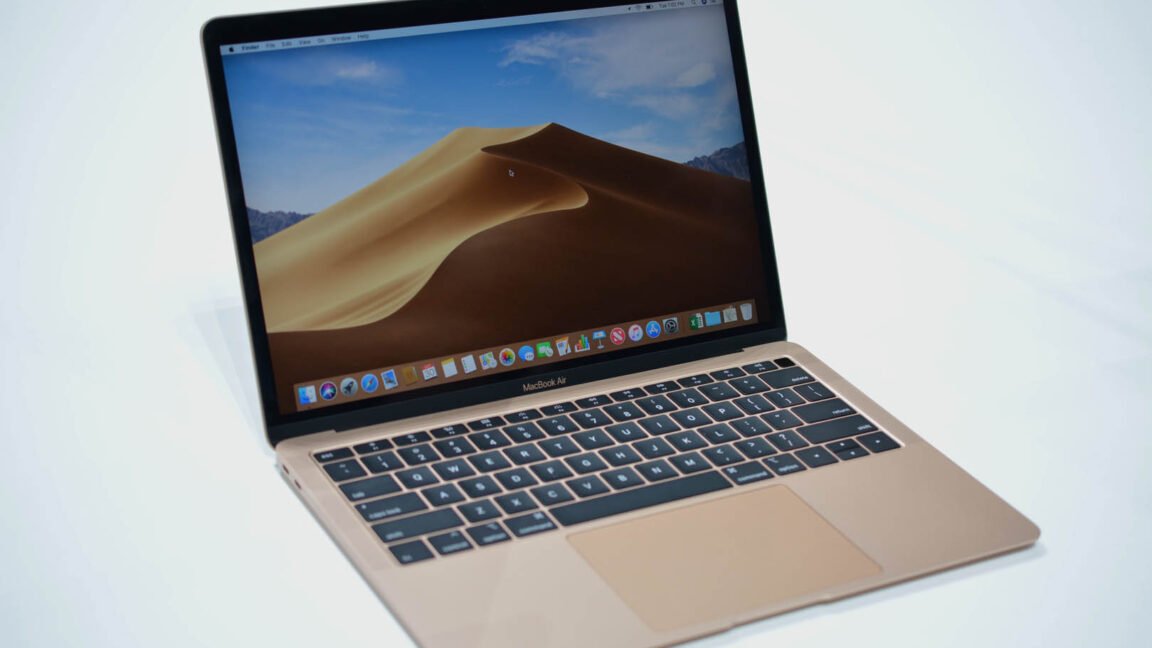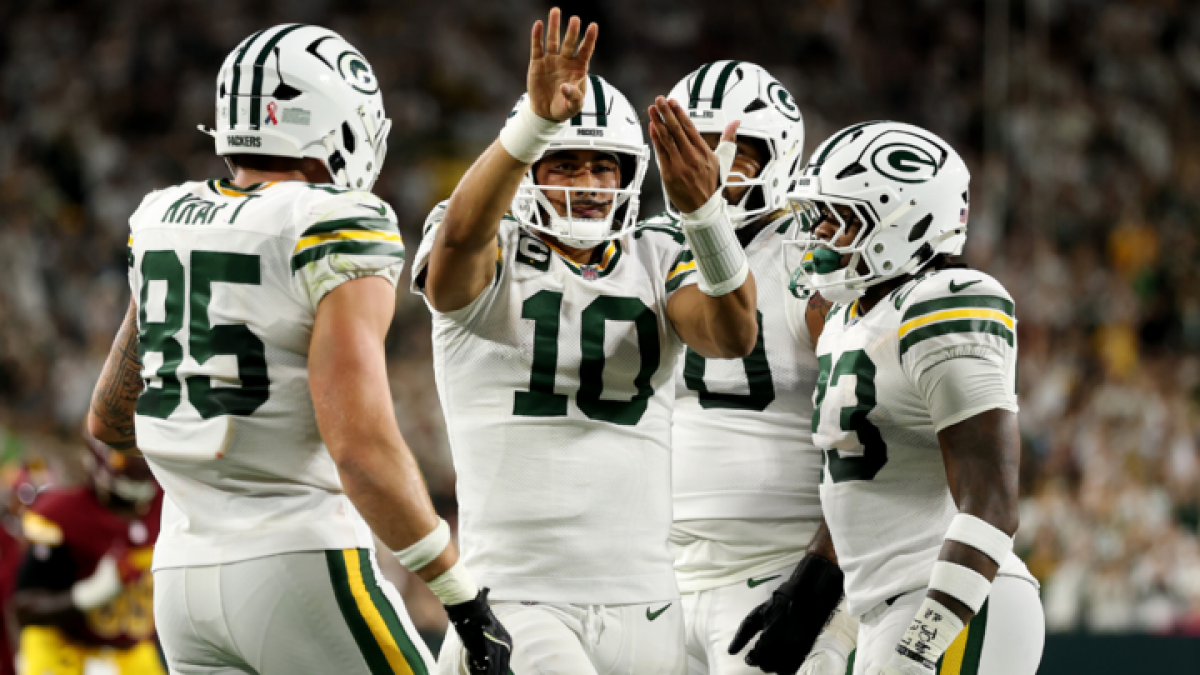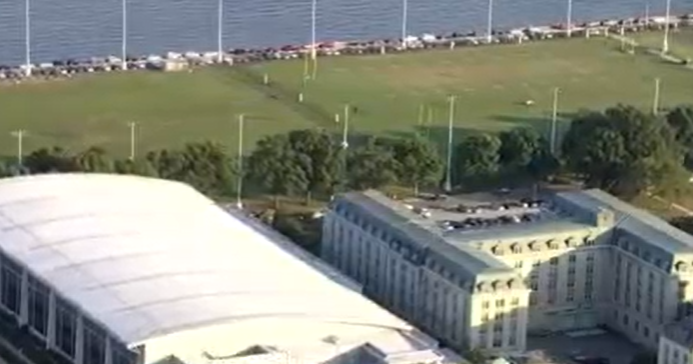Top Stories
What would a cheap, Apple A18-powered MacBook actually be good at?

Some Apple rumors just don’t go away, hanging around in perpetuity either because they reflect things that Apple is actually testing in its labs or because hope springs eternal. A HomePod-like device with a screen? A replacement for the dear, departed 27-inch iMac? Touchscreen MacBooks? The return of TouchID fingerprint scanning via a sensor located beneath a screen? Maybe these things are coming, but they ain’t here yet.
However, few rumors have had the longevity or staying power of “Apple is planning a low-cost MacBook,” versions of which have been circulating since at least the late-2000s netbook craze. And yet, despite seismic shifts in just about everything—three distinct processor instruction sets, two CEOs, innumerable design changes, and global trade upheaval—Apple’s cheapest modern laptops have started around $1,000 for more than two decades.
Last week, supply chain analyst Ming-Chi Kuo (whose Apple predictions aren’t always correct, but whose track record is better than your garden variety broken-clock prognosticators) kicked up another round of these rumors, claiming that Apple was preparing to manufacture a new low-cost MacBook based on the iPhone’s A18 Pro chip. Kuo claims it will come in multiple colors, similar to Apple’s lower-cost A16 iPad, and will use a 13-inch screen.
MacRumors chipped in with its own contribution, claiming that a “Mac17,1” model it had found listed in an older macOS update was actually that A18 Pro MacBook model, apparently far enough along in development that Apple’s beta operating systems were running on it.
The last round of “cheap MacBook” rumors happened in late 2023 (also instigated by Kuo, but without the corroboration from Apple’s own software). As we wrote then, Apple’s control over its own chips could make this kind of laptop more plausible. But if it existed, what would this laptop be good for? Who could buy it instead of a MacBook Air, and who would want to stick to Apple’s current $999 status quo? To commemorate the “budget MacBook” idea becoming infinitesimally more likely, let’s ruminate on those questions a bit.
Top Stories
Packers deliver statement win over Commanders behind Jordan Love, Micah Parsons, Tucker Kraft

If the Packers used a Week 1 domination of the Lions as a major statement, they backed it up and then some in Week 2. The Packers (2-0) defeated the Commanders (1-1), 27-18, fueled by an explosive, efficient offense and a tremendous defense that seemed to move at a completely different speed than Washington’s offense.
Love finished with 292 yards passing and a pair of touchdowns, with six completions for 124 yards and a score going to Kraft. Micah Parsons officially recorded a half-sack, but his impact was much larger than that, and Green Bay sacked Jayden Daniels four times while smothering would-be pass catchers.
After a slow start — Jayden Reed’s shoulder injury being the main development — Green Bay’s offense got rolling on its second drive, fueled by a 57-yard completion from Love to Kraft after Kraft broke free down the middle. Love connected with Romeo Doubs for a 5-yard touchdown shortly thereafter.
Washington did not manage a single first down in the first quarter — a first since Daniels’ arrival — and Green Bay embarked on another long drive early in the second quarter, highlighted by a remarkable, twisting 37-yard catch from Malik Heath.
Josh Jacobs powered in from two yards out to make it 13-0. Commanders defensive lineman Deatrich Wise Jr. got carted off after trying to block the extra point (which was successful), adding to Washington’s woes. He was later ruled out with a quad injury.
Washington finally got on the board with a 51-yard Matt Gay field goal, but Gay missed a 58-yarder that could have cut the deficit further just before the half. But Green Bay’s Brandon McManus then doinked a 48-yard try as time expired.
Down 17-3 after a McManus field goal, Washington finally found the end zone via a 20-yard Zach Ertz catch-and-run. Green Bay answered, though, with another touchdown drive, this one capped by Love’s 8-yard touchdown toss to Kraft.
McManus nailed a 56-yard field goal shortly thereafter to extend the lead to three scores. Daniels found Deebo Samuel Sr. for a touchdown late, but it proved to be only window dressing — and a costly one at that: Austin Ekeler suffered a non-contact Achilles injury and was carted off the field.
Washington will hope to use the mini-bye to recuperate before hosting the Raiders in Week 3. Green Bay will hope to carry momentum over to a Week 3 visit to the Browns.
Top Stories
1 injured while U.S. Naval Academy building was cleared after reported threat

A person was injured while a building was being cleared Thursday afternoon at the U.S. Naval Academy in Annapolis, according to the Naval Support Activity Annapolis.
Maryland Congresswoman Sarah Elfreth said a midshipman was injured.
The campus was on lockdown following reports of threats, the academy said. The NSA said the reports were of suspicious activity on the Naval Academy grounds.
“Our Midshipmen are our best and brightest young Americans, and like all students, they deserve to feel safe on campus,” Rep. Elfreth said. “Thankfully, the Midshipman who was injured during the clearing of a building is in stable condition.”
Navy officials said there was no active shooter threat. However, a person was injured when Naval Security Forces were clearing a building on campus. The person was flown by medevac to a hospital.
Police presence was seen around Bancroft Hall, a large residence hall on campus that houses 1,600 midshipmen.
“The base is on lockdown out of an abundance of caution,” a U.S. Naval Academy spokesperson said. “This is a developing situation, and we will provide updates as they become available.”
The governor’s office says there is no credible threat at the U.S. Naval Academy.
“Absolutely terrifying,” said Annapolis resident Anne Lillefloren. “You are thinking, ‘Oh my gosh, I know students there, I know staff there. I walk around the academy almost every morning with my dad. So everyone who comes in contact, you’re thinking. ‘Oh, who could be there? Who could this reach? Just panic, and in today’s climate, what can happen, all of these false reports, so you don’t know what the truth is.”
Top Stories
Packers vs. Commanders live updates: Game score, analysis, highlights for ‘Thursday Night Football’

Two franchises who are polar opposites, when it comes to roster construction, will collide Thursday night at Lambeau Field with the Washington Commanders (1-0) facing off against the host Green Bay Packers (1-0).
Washington is the NFL’s oldest team with an average age of 28 years and 243 days while Green Bay is the NFl’s youngest team for the third consecutive season with an average age of 25 years and 292 days. Thursday night will also feature a reunion of old “friends” with new Packers All-Pro edge rusher Micah Parsons reconnecting with one of his former NFC East foes in Washington 2024 NFL Offensive Rookie of the Year quarterback Jayden Daniels.
Parsons obliterated the Commanders’ front in his two matchups as a Dallas Cowboy in 2024: he totaled seven quarterback pressures and four-and-a-half sacks in those meetings. That production made Parsons the only player in the NFL to sack Daniels more than twice last season.
On the other side of the ball, Packers quarterback Jordan Love will become the first quarterback to start for Green Bay against Washington other than either Brett Favre or Aaron Rodgers since Don Majkowski in 1988. Love also has eight consecutive regular season starts without an interception, and with a clean game Thursday night, he can tie Rodgers’ nine-game stretch in 2018 for the longest interception-less streak by a Packers quarterback in the Super Bowl era.
Will Love, Parsons and the Packers power Green Bay to their first 2-0 start since 2020? Or will Daniels lead the Commanders to their first win at Lambeau Field since 1986? Stay tuned to our live blog below to find out!
Where to watch Packers vs. Commanders live
-

 Business2 weeks ago
Business2 weeks agoThe Guardian view on Trump and the Fed: independence is no substitute for accountability | Editorial
-
Tools & Platforms1 month ago
Building Trust in Military AI Starts with Opening the Black Box – War on the Rocks
-

 Ethics & Policy2 months ago
Ethics & Policy2 months agoSDAIA Supports Saudi Arabia’s Leadership in Shaping Global AI Ethics, Policy, and Research – وكالة الأنباء السعودية
-

 Events & Conferences4 months ago
Events & Conferences4 months agoJourney to 1000 models: Scaling Instagram’s recommendation system
-

 Jobs & Careers2 months ago
Jobs & Careers2 months agoMumbai-based Perplexity Alternative Has 60k+ Users Without Funding
-

 Podcasts & Talks2 months ago
Podcasts & Talks2 months agoHappy 4th of July! 🎆 Made with Veo 3 in Gemini
-

 Education2 months ago
Education2 months agoMacron says UK and France have duty to tackle illegal migration ‘with humanity, solidarity and firmness’ – UK politics live | Politics
-

 Education2 months ago
Education2 months agoVEX Robotics launches AI-powered classroom robotics system
-

 Funding & Business2 months ago
Funding & Business2 months agoKayak and Expedia race to build AI travel agents that turn social posts into itineraries
-

 Podcasts & Talks2 months ago
Podcasts & Talks2 months agoOpenAI 🤝 @teamganassi

